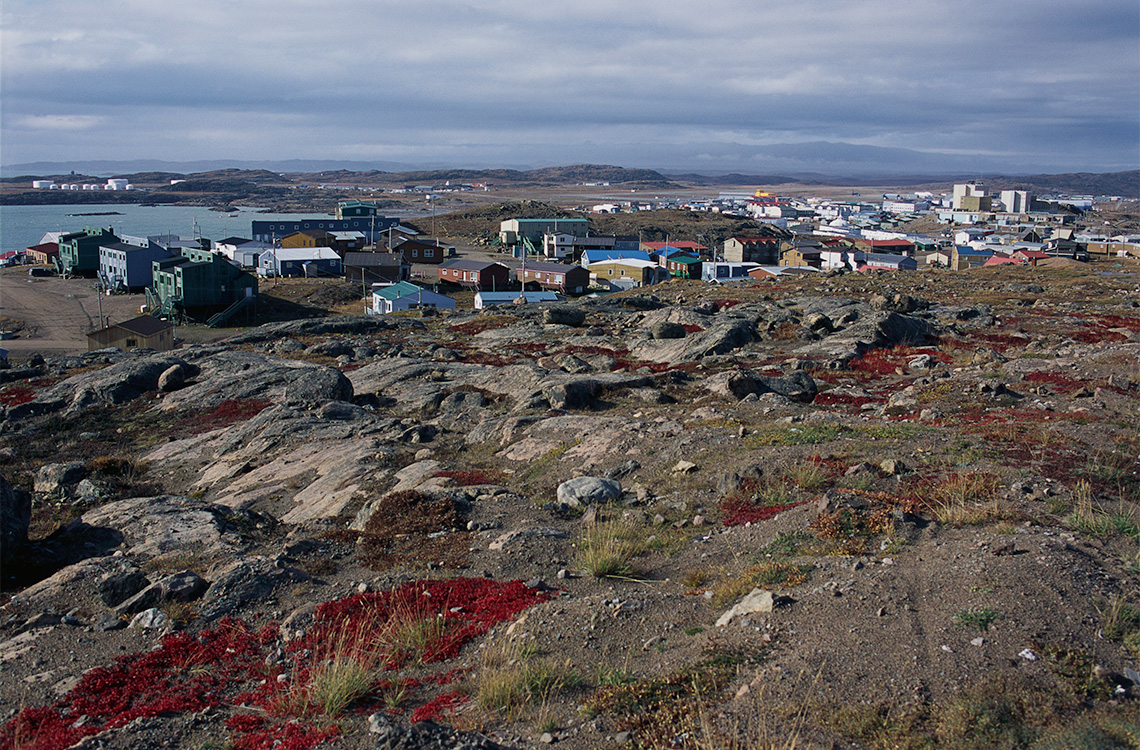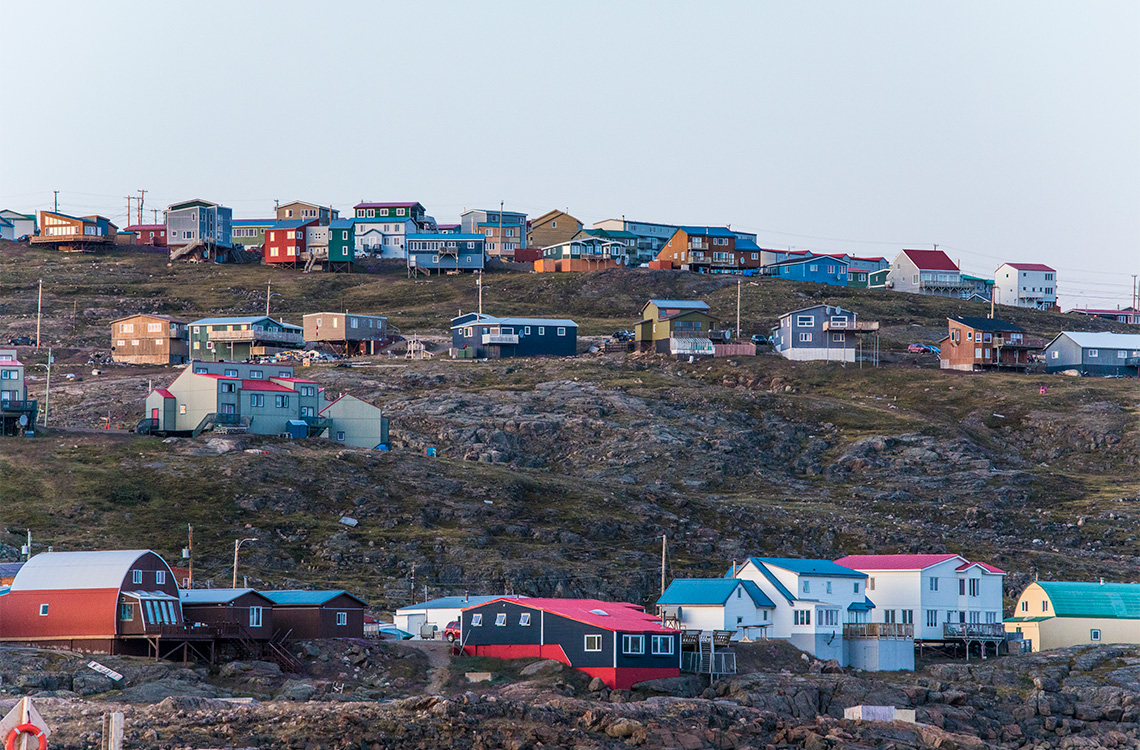Minds On
Inuit Nunangat
As we work towards Truth and Reconciliation, information about lands and territories is constantly being updated. This map was created using information available as of July 2021 from the Inuit Taripriit Kanatami.

Map of the Inuit Nunangat with parts of northern territories and provinces highlighted in Canada. Northern Yukon and the Northwest Territories are known as Inuvialuit. Nunavut is Nunavut. Quebec’s north western is known as Nunavik. Northern Newfoundland and Labrador is known as Nunatsiavut.
Inuit Nunangat is the homeland of Inuit in Canada.
It encompasses 51 communities in Nunavut, Inuvialuit (the Northwest Territories and the Yukon), Nunavik (Northern Quebec), and Nunatsiavut (Newfoundland and Labrador) and includes land, water, and ice, which are all considered integral parts of the Inuit culture and way of life.
As stated by the Inuit Tapiriit Kanatami, a national Inuit organization, “Canadian Inuit experiences the highest rates of food insecurity of any Indigenous population in an industrialized nation” (Inuit Tapiriit Kanatami, 2021).
Food security
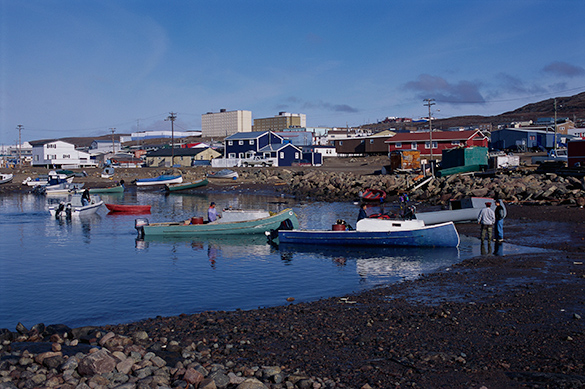
Food insecurity is a term used when individuals do not have access to enough safe to eat and/or nutritious foods to meet their daily needs.
For example, a remote community in Iqaluit, Nunavut is one community that is living with food insecurity.
Why might this community in northern Canada be challenged with the issue of food insecurity?
While there are multiple factors involved, for our learning activity we will focus on some of the social, geographical, and environmental reasons.
Explore the following images to lead you to possible reasons this Iqaluit community may be experiencing food insecurity.
Brainstorm
Brainstorm
After exploring the previous images, brainstorm possible reasons this community of Iqaluit may be experiencing food insecurity.
Record your ideas in a notebook or another method of your choice.
When you’re ready, press ‘Let’s Check!’ to access sample reasons for food insecurity.
Check out a few geographical and environmental reasons for food insecurity in Inuit Nunangat and northern communities, such as Iqaluit, Nunavut.
- Changes to Inuit way of life: The Inuit knew how to survive and thrive from the land and live, hunt and fish according to the environment and geography of the Arctic and northern regions. However, as more settlers came to live in their regions, the Inuit experienced many changes in their traditional activities and way of life.
- Growing conditions: Given the rocky terrain and the colder climate of the region, fruits and vegetables do not grow easily, if at all, so they need to be transported in.
- Remote nature of the communities: Some of these communities are not accessible by road, so getting food and other supplies to these communities is not easy and takes many resources. Given the long journey to get food to these communities, fresh fruits and vegetables are tougher to transport, as they can easily spoil or rot.
- Expense of resources: The costs of transporting food to these communities using airplanes, or if possible, boats.
- Climate change: Changing climate and the melting ice in the Arctic and Northern regions means a decrease in biodiversity, and that harvesting and hunting becomes more unpredictable and harder, or even more dangerous to do.
Action
Future impacts
This learning activity connects new and existing approaches for young scientists to create positive changes in their communities.

Food insecurity: Northern Canada
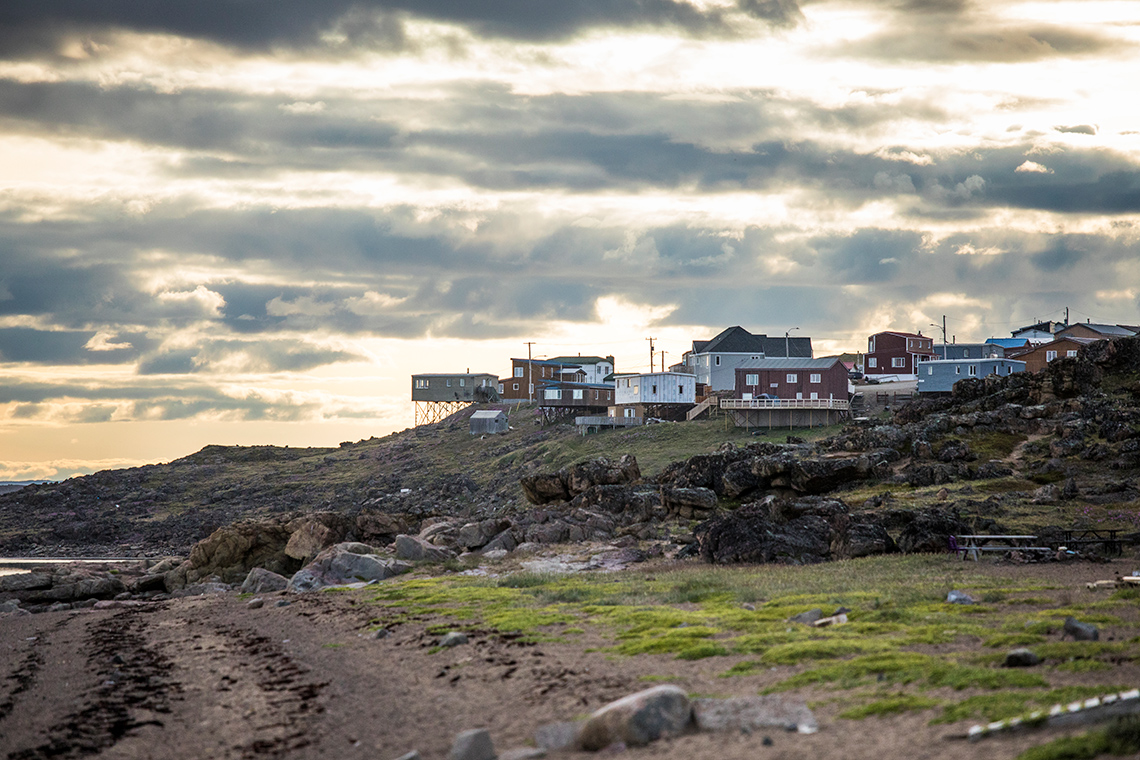
In the Minds On section, we explored a few reasons for potential food insecurity in remote Northern Canadian communities.
Some of the reasons include:
- the expense of transporting food to these communities using airplanes
- fruits and vegetables do not grow in this climate region, so they need to be transported in
- some of these communities are not accessed by road, so they are difficult for food and other supplies to reach these communities
- there is more pressure on resources with a growing population, creating more reliance on grocery store items and less reliance on traditional diets
Pause and Reflect
Pause and reflect
Let’s reflect on the following questions:
- How might the reasons outlined for food insecurity impact the types of foods that individuals in these communities most often access?
- Why do you think these items are so expensive in Northern Canada as opposed to rural and urban areas further south?
Record your ideas in a notebook or another method of your choice.
When you’re ready, press ‘Let’s Check!’ to access a possible answer.
-
How might the reasons outlined for food insecurity impact the types of foods that individuals in these communities most often access?
- Fresh fruit and vegetables, especially in winter, are very expensive and often they are dry or browning.
- Processed food (macaroni and cheese, canned tuna) are less expensive. Many of these products are high in salt and sugar.
- Fresh meat, unless it is local, is very expensive.
-
Why do you think these items are so expensive in Northern Canada as opposed to rural and urban areas further south?
- Many of these communities are only accessible by plane. The cost of delivering food is higher because of this.
- Using helicopters, boats and planes can be very costly and deliveries are often few and far between depending on weather conditions.
Supporting food security
Press the following tabs to access various solutions to support food security.

The Inuit in Nunavut have had to find creative solutions to try and combat food insecurity.
One solution has been to partner with a global delivery service that offers shipping to Nunavut and delivers non-perishable goods, as well as many other hard-to-get household items. However, deliveries can take at least two weeks or longer to arrive in the North, and a paid yearly membership is required in order to take advantage of free shipping.
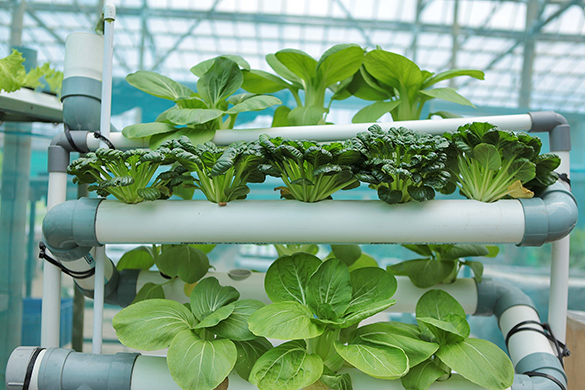
The idea of using hydroponics and growing fresh food in shipping containers in the North has also been floated as a solution for food insecurity.
However, research shows that technology is not a solution to the true causes of food insecurity. The obstacles of not being able to access nutritious and affordable food are deeply rooted in the ongoing effects of colonialism and climate change. Many of the foods that grow in a greenhouse are not traditionally foods that the Inuit have had in their diet. Food insecurity is not something that an Arctic greenhouse can cure.
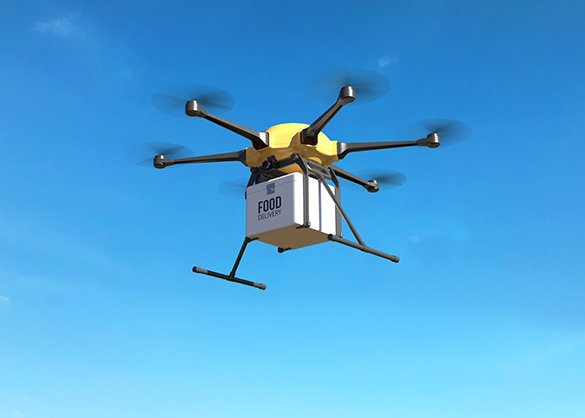
In recent years, companies have considered how technology could provide greater access to food for these communities less expensively. One solution is to change how food and supplies are delivered.
A Toronto-based company, called Drone Delivery Canada, is offering solutions to Northern and/or remote Indigenous communities. Using their unique, patented drones, they can deliver small shipments in temperature-controlled containers to communities that are hard to reach by traditional transportation methods.
While this company cannot deliver large amounts of food, what other items could it deliver to help an Indigenous community in a timely way?
Some other items that could be delivered using drone technology are:
- foods that would perish
- medicines
- tools
- products that people need for their work
Making connections
Think about what you might already know about flight and drone technology to respond to the following questions:
- What might be some of the challenges of using drones to deliver food and other supplies to remote communities?
- How might drone delivery be impacted by the northern climate and weather conditions?
Record your thoughts and ideas in a notebook or another method of your choice.
If possible, share your ideas with a partner.
Indigenous innovations

The help being offered by non-Indigenous companies is innovative, however, collaboration and joint efforts with Indigenous peoples is essential when it comes to long-term solutions for the needs in their communities.
Investigate
Investigate
Let’s investigate further about food insecurity in Northern Canada.
Before doing so, let’s reflect on what we know, what we have learnt, and what do we wonder about food security in Northern Canada.
Complete the Food Insecurity Activity in your notebook or using the following fillable and printable document. If you would like, you can use speech-to-text or audio recording tools to record your thoughts. You may also record your thinking using another method of your choice.
|
What I already know: |
What I have learned: |
What I still wonder: |
|---|---|---|
Press the ‘Activity’ button to access Food Insecurity Activity.
As you explore the various Indigenous innovations and solutions, be sure to add any notes, new learning, or questions you may have to the "Food Insecurity Activity" document, or another method of your choice.
Innovations and solutions
Press the following tabs to access various Indigenous innovations and solutions to support food security in remote, northern communities.
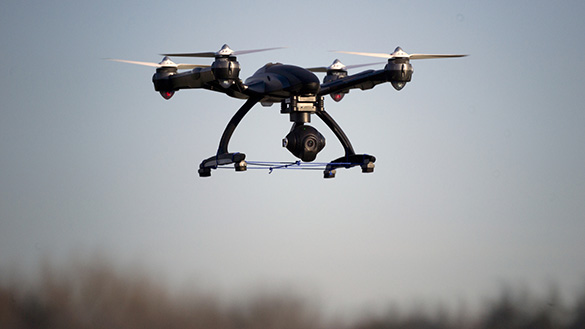
What about drone companies, for instance, run by Indigenous peoples? How could Indigenous communities help each other and support each other with this type of technology?
There are education programs for Indigenous youth available. Through these programs, the youth learn how to fly drones and can get drone flying licenses and certification.
Indigenous communities are open to learning how to use this technology. Once trained, they could help identify how drones can best be used in their own communities or between other northern communities.
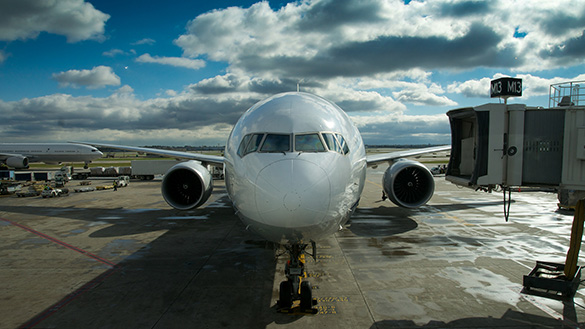
There are some interesting initiatives being taken near Montreal, at Pierre Elliott Trudeau Airport in Dorval, Quebec.
Air Inuit has built a new warehouse that will enable better shipping of cargo between Montreal and the North. Every year, they transport more than 13 million kilograms of cargo throughout Nunavik. Most of the cargo they carry are perishable food items and medicines.
Air Inuit is completely owned by the Inuit of Nunavik under the Makivik Corporation, therefore it was important that it recruit Inuit employees. One of these employees is trailblazing pilot, Melissa Haney. She is the first female Inuk pilot to have the rank of Captain. She flies a 1991 Bombardier Dash 8 — a plane designed to take off and land on short runways. It can hit a maximum speed of 515 kilometers per hour. The plane can carry up to 4000 pounds of cargo and 45 passengers. She hopes to inspire other Inuk pilots.
Issues and solutions
Access this video entitled “Leesee Papatsie: Feeding the North” to learn more about food insecurity. In this interview, Leesee Papatsie, founder of “Feeding my Family,” discusses realistic solutions to high food prices in the North.
After exploring the interview, be sure to add new learning or questions to the "Food Insecurity Activity" document, or another method of your choice.
Were any of your previous questions answered?
Try It
Your turn!
Using the information presented in the “Leesee Papatsie: Feeding the North” video, further explore at least two issues and their proposed solutions from the interview.
Complete the Issues and Solutions Activity in your notebook or using the following fillable and printable document. If you would like, you can use speech-to-text or audio recording tools to record your thoughts.
|
Issues identified in the interview |
Proposed solutions from the interview |
|---|---|
|
1. 2. |
1. 2. |
Press the ‘Activity’ button to access Issues and Solutions Activity.
Ending food insecurity
A Canadian Arctic Journal recently reported that it is possible to end hunger in Inuit communities.
The Inuit Nunangat Food Security Strategy, published by the Inuit Tapiriit Kanatami National organization, outlines a clear road map forward highlighting five areas of targeted solutions (Inuit Tapiriit Kanatami, 2021):
- added supports for Inuit families and children
- create Inuit food security programs and interventions
- solution and implement ways to reduce cost-of-living for Inuit communities
- support for harvesters
- better and increased infrastructure
Canada needs to work with Inuit communities to take proper action.
Self-assessment

Consider your learning thus far.
Be sure to add any notes, new learning, or questions you may have to the "Food Insecurity Activity" document, or another method of your choice.
As you review your work, complete the following self-assessment checklist:
Did I…?
Consolidation
Take action!

What can you do to help advocate and be an ally?
Choose one or more of the following options to take action:
- Write an opinion piece sharing facts that you have learned about food insecurity in Canada’s North, particularly for Indigenous peoples.
- Create an infographic highlighting the issues and solutions that Indigenous peoples are advocating for.
- Design a series of social media posts to educate your friends and family. Discuss the food security issues facing Northern and Arctic Indigenous communities and some possible solutions to these issues.
Record your action task and response in a notebook or another method of your choice.
Reflection
As you read through these descriptions, which sentence best describes how you are feeling about your understanding of this learning activity? Press the button that is beside this sentence.
I feel…
Now, record your ideas using a voice recorder, speech-to-text, or writing tool.

